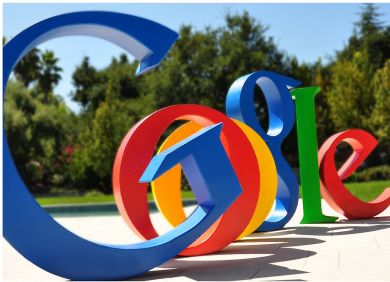Google Tests TCP To Trim Latency Issues

Google engineers are exploring ways to cut latency issues inherent in the TCP connections made by web browsers
Google continues to work to improve the speed of the Web in an effort to drive more search queries and YouTube video streams.
Indeed the search engine giant even built a Domain Name System to help Web pages load faster, and it is now looking at other ways of accelerating data packets traversing the Internet between computers and servers.
TCP Tests
The company is experimenting with the Transmission Control Protocol (TCP), the method by which the Internet facilitates data from Web pages, applications and other content sources from one network device to the next.
Today’s Web browsers open dozens of parallel TCP connections to make data requests, a practice that a great degree of latency, or sluggish data transfer. Engineers for Google’s Make the Web Faster team have come up with ways to save the round trips of TCP connections. Google’s work on TCP is available via open source.
 First, Google has increased TCP initial congestion window to 10 (IW10), which the company claimed shaved network latency of data transfers by more than 10 percent. Google also reduced the initial timeout from 3 seconds to 1 second. Click here for a deep dive into the technical workings of this approach.
First, Google has increased TCP initial congestion window to 10 (IW10), which the company claimed shaved network latency of data transfers by more than 10 percent. Google also reduced the initial timeout from 3 seconds to 1 second. Click here for a deep dive into the technical workings of this approach.
Google is also testing the TCP Fast Open (TFO) approach, which it said reduces page load time by 10 percent on average, and as much as 40 percent on other instances.
Another approach Google is taking is the Proportional Rate Reduction for TCP (PRR), a new loss recovery algorithm that retransmits smoothly to recover losses during network congestion. Google explained that this algorithm is faster than the current mechanism by tweaking the transmission rate according to the degree of losses. PRR is in the process of becoming part of the TCP standard.
Advertising Move
Finally, Google said it is developing algorithms to recover faster on “noisy mobile networks,” along with a 2-RTT delivery during startup. Ars Technica has a detailed explanation of Google’s TCP moves.
Why does Google want to speed up the Web to serve more searches, videos and other content? Advertising. If Google can serve more content, it can match more ads to that content, which means more money for a company where online ads comprise 97 percent of its revenue each year.
http://www.techweekeurope.co.uk/news/google-shares-drop-despite-increased-q4-revenues-55434
Google’s search ad business growth has slowed, and so the company is focused on serving more display ads via YouTube, as well as more search, display and in-application ads via its Android mobile platform.
All of these efforts are threatened by Facebook, whose social network presents a powerful walled garden where the company can target its 800 million-plus users with social ads.
That’s a lot of money Google can’t tap into (Google+ has yet to either reach scale or be monetised effectively), which is why improving the existing Web experiences for its users is paramount.